Sonata Sancti Polycarpi
-
Ships in 3 to 4 weeks
Details
Description
SKU: ET.TP186
Composed by Heinrich I.F. Biber. Arranged by Edward H. Tarr. Baroque. Editions BIM #TP186. Published by Editions BIM (ET.TP186).ISBN 9790207002303.
Heinrich Ignaz Franz Biber – or "von Bibern" in the knightly form presented to him by the Emperor in 1690 – was born in 1644 in Wartenberg, Bohemia, and died in 1704 in Salzburg. His first position was that of a musician and composer at the splendid court of Kremsier from 1666 to 1670. At this court, the apogee of which was between 1664 and 1695 under the Prince-Bishop of Oelmuetz, Karl Lichtenstein-Kastellkorn, there was an excellent trumpet corps. The chief court trumpeter was Pavel Josef Vejvanovsky (1639/40- 1693), one of the more versatile trumpeters in the history of his instrument; he was also a composer and even became musical director (Kapeibneister) after Biber's departure. Biber left the court of Kremsier to go to Salzburg. Apparently he took "French leave" to do so, but it would be wrong to assume that he thus put himself out of favor. To the contrary: from Salzburg he continued to send his compositions regularly to his former employer. In 1673 he received an official court appointment in Salzburg, in 1679 he became vice musical director, and in 1684 he was appointed chief musical director.
Biber is one of the under-rated geniuses of music history who is only now becoming better understood. Until recently he was known to music historians mainly because of his violin sonatas, many of which were composed for "scordatura" tuning (that is, with the violin's strings tuned to different notes than usual to allow for the production of otherwise impossible chords by multiple stopping). Only one of his three operas has survived, and his monumental Mass settings and other vocal compositions have been entirely overlooked until recently. In fact, his huge 53-part Mass setting had been attributed to Orazio Benevoli until only two years ago. (See: - Eric Chafe, The Church Music of Heinrich Biber, Dissertation, University of Toronto, 1975.)
Another of Biber's many other facets was that of an important composer for the trumpet. Not only in Kremsier, but also in Salzburg he had at his disposal an illustrious group of trumpeters. The present "Sonata Sancti Polycarpi" –together with Biber’s own "Sonata a 7" for six trumpets, kettledrums, & continuo, and Altenburg's famous "Concerto a VII Clarini con Tymp." – is one of the most important Baroque compositions for an ensemble of natural trumpets. The fact that these instruments can play only in a very limited number of keys did not turn out to be a weakness of this sonata. On the contrary, Biber turned this seeming weakness to good advantage by echo and ostinato effects, thus creating a sense of exaltation and increasing excitement up to the very end.
The circumstances of its composition were unknown until Chafe's dissertation, mentioned above. The allusion in the title is to Polycarp, a saint having no connection with music or with trumpeters (such as Saint Cecilia or the Archangel Gabriel) and whose feast day falls on the 26th of January. It so happens, however, that Biber’s employer – the Prince-Bishop of Salzburg, Maximilian Gandolf Graf von Khuenburghad a nephew whose name was Polykarp von Khuenburg. This Polykarp was elected provost of the Salzburg Cathedral on January 13, 1673. A Te Deum was sung at his installation ceremony. Although no document directly concerning the Sonata Sancti Polycarpi has yet been unearthed, there can be no doubt that it was performed on this occasion or on his name day, January 26th. (For more details, see: Chafe, op. cit., Vol. I, pp. 109-110.)
Following the performance in January, 1673, Biber made a very hasty copy (almost totally lacking barlines,for example, but on the other hand being remarkably free of mistakes) and sent it to Kremsier. It is from this copy that the present edition was made.
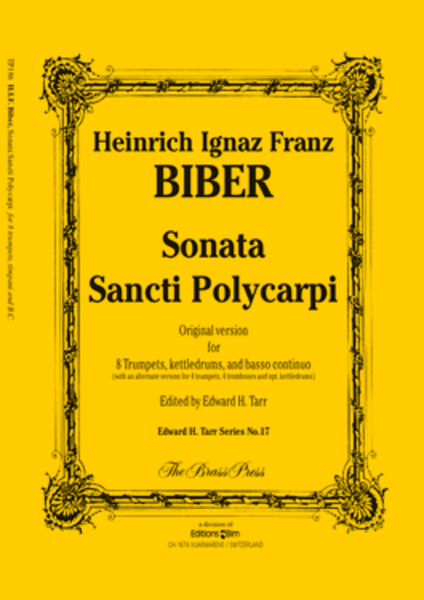
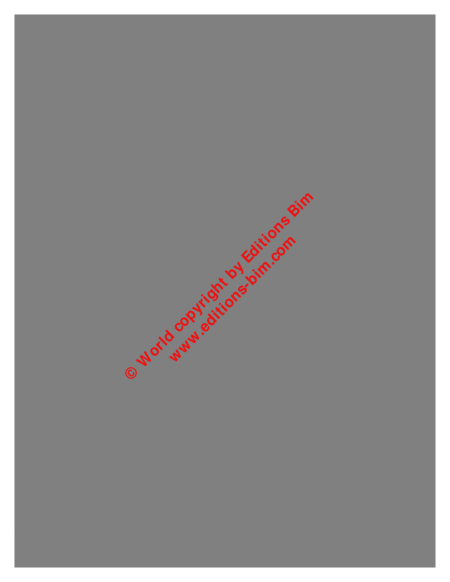
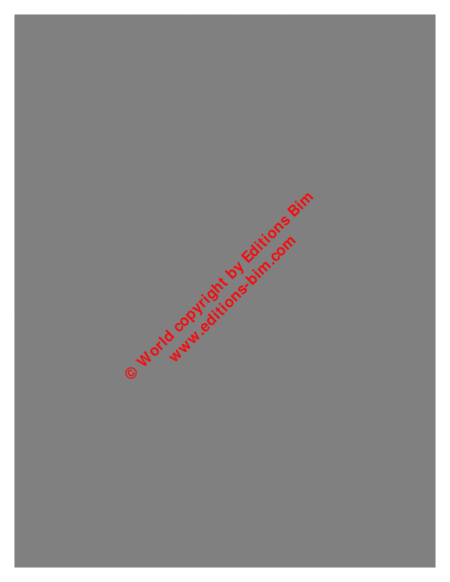
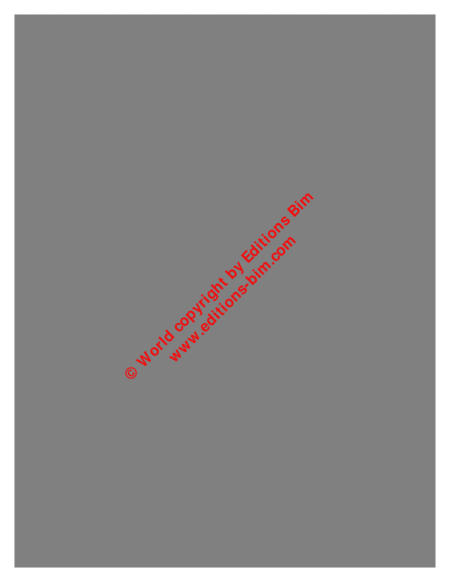
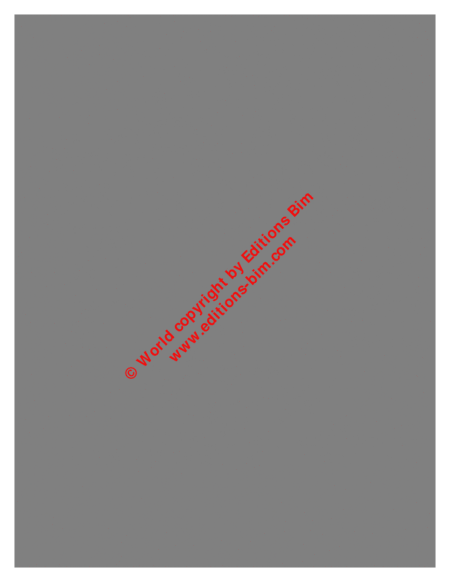
 Share
Share